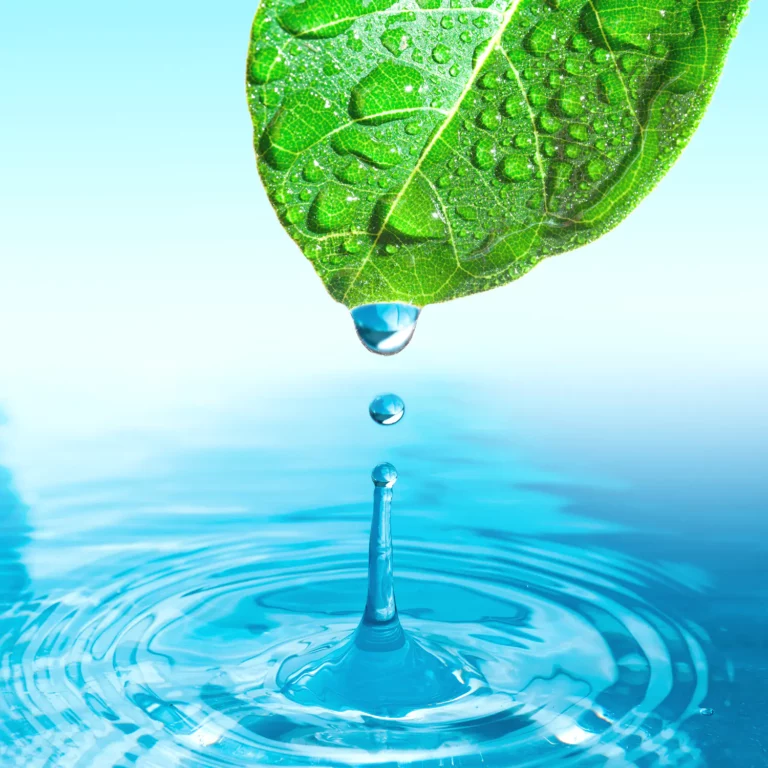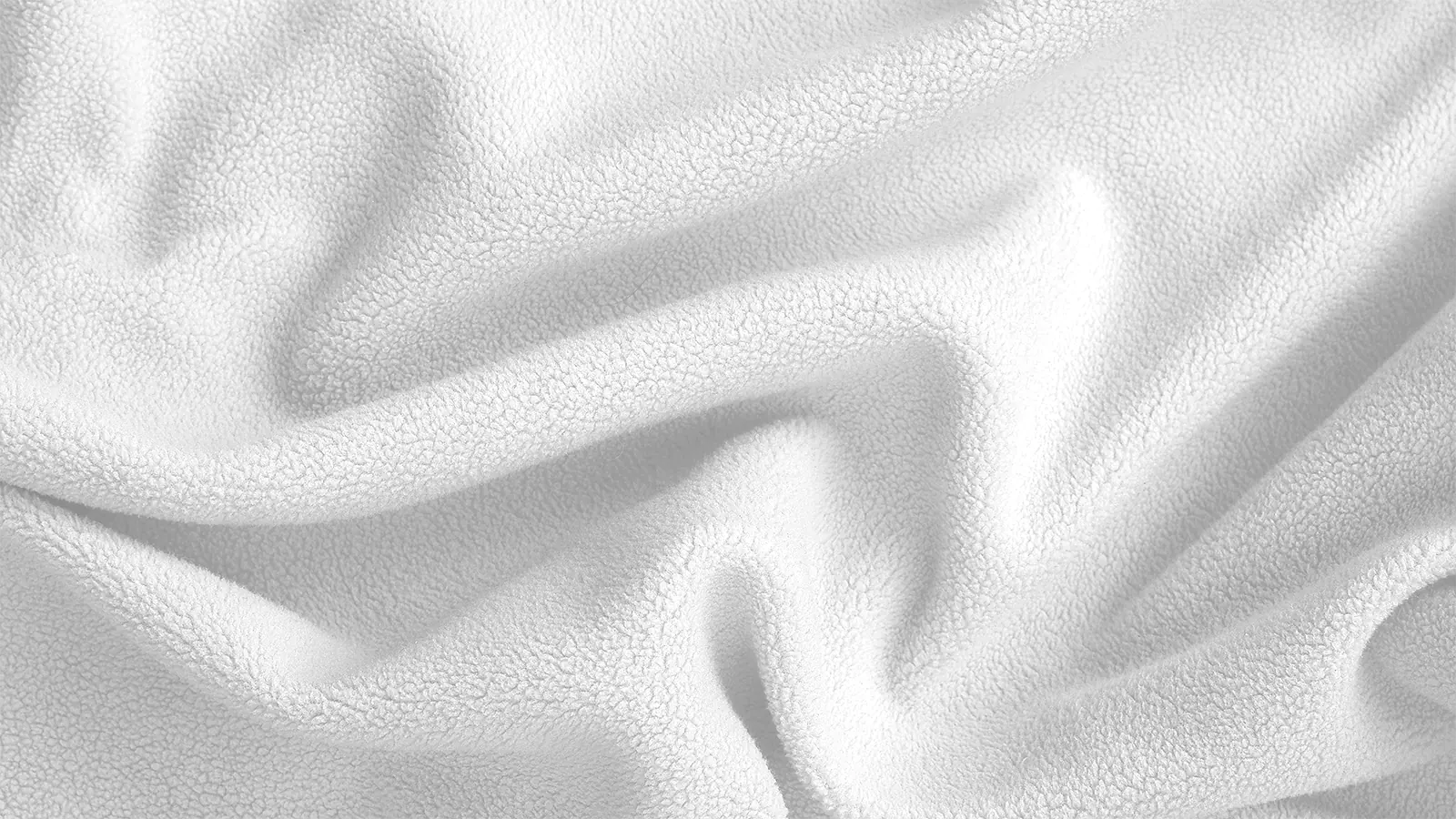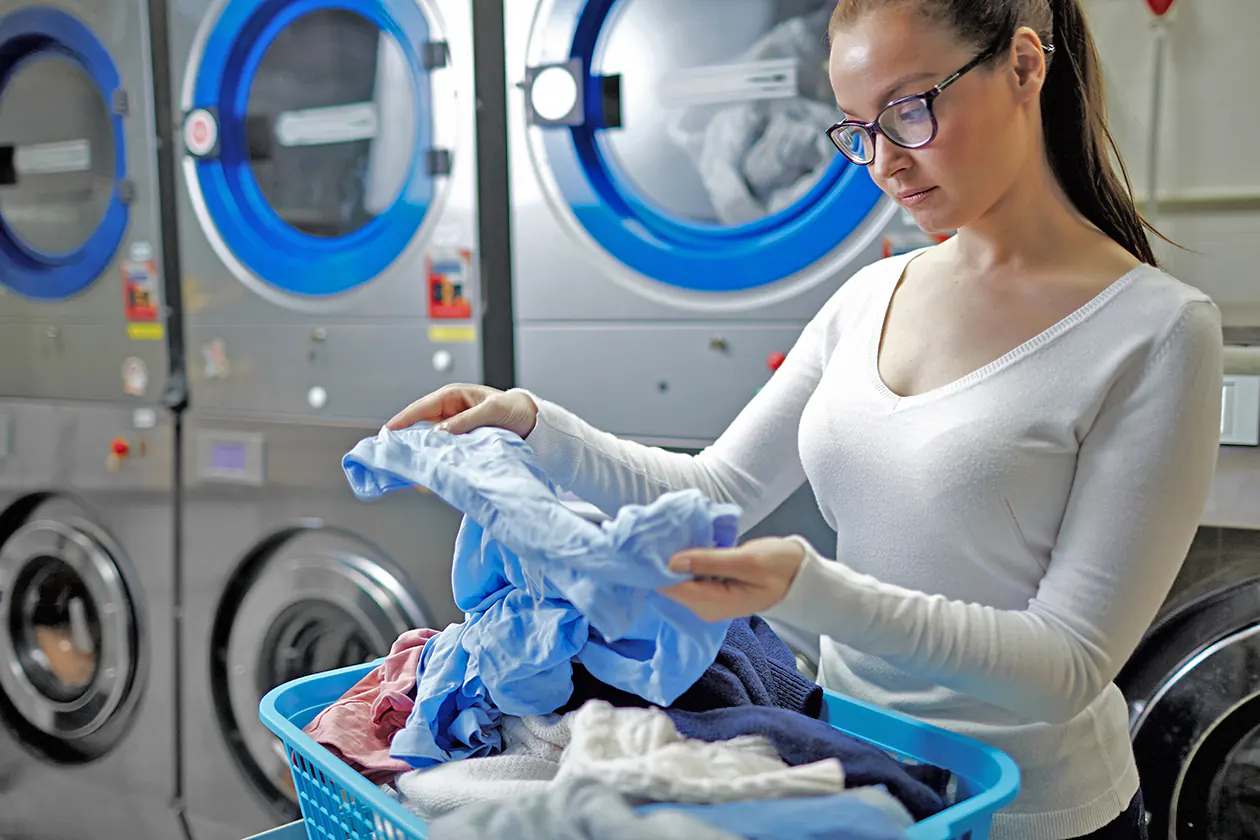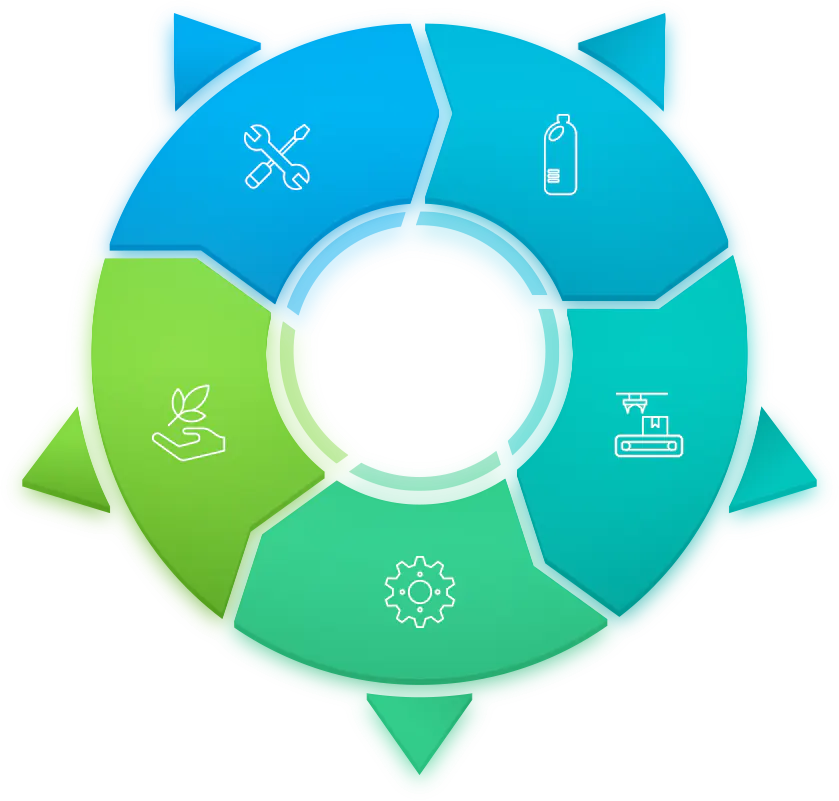Our vision:
Green textile care!
Dirt comes in many different forms, stains as well as viruses and bacteria can be found everywhere. On textiles, they not only disturb our senses, they can also make us ill. Only clean and hygienic textiles will be put on or used again.
You feel good in it and it helps you stay healthy. So it doesn't end up in the bin either. Every time a textile is washed and can be reused, resources and production costs are saved.
What impact does textile production have on the environment and what positive contribution can we, as a manufacturer of chemical detergents and cleaning agents, make to greater sustainability in the textile industry?



Researches revealed shocking facts
By the time an item of clothing reaches the store counter, it has already undergone a great number of processes after production: smoothing, bleaching, dyeing, printing - and, for special outdoor clothing, waterproofing. The textile industry uses around one kilogram of chemicals per kilogram of clothing for these processes.
A total of 6,500 different chemicals are used in textile finishing, including heavy metals such as copper, arsenic and cadmium. Many of these are toxic, some are also carcinogenic. In addition, around 60 liters of water are needed to dye one kilo of yarn: Water that is ultimately contaminated with the chemical additives. The result: according to the World Bank, 17 to 20 percent of industrial wastewater worldwide is produced in textile finishing alone.
More CO2 than air travel and shipping: Clothing
The textile industry, with its considerable use of fossil raw materials, has become one of the main sources of climate-damaging emissions. In 2015, it generated an impressive 1.2 billion tons of CO2 equivalent in terms of global warming potential. This amount exceeds the total greenhouse gas emissions generated by international air travel and global shipping combined, and shows an increasing trend.
In light of this alarming data, the importance of modern textile care is becoming ever clearer. Professional textile care practices can significantly reduce the negative impact on the environment, in some cases by up to 60%. These practices include more efficient water and energy consumption strategies, the use of more sustainable cleaning agents and the promotion of recycling and reuse of textiles. SEITZ's approaches not only help to reduce CO2 emissions, but also promote a more sustainable awareness throughout the industry.


Every clean textile is a saved textileWash instead of
buying new
Therefore, "The green textile care" is not only a maxim but also a challenge - both for our customers and for us as a company. This maxim will serve as a guideline for SEITZ in the coming years, if not decades, and will determine our actions on the market. Many SEITZ developments in the past have had precisely this goal. To help our customers work sustainably, efficiently and productively.
Our contributionto a greener future
Services
Specialized service offerings in textile care, focused on environmentally friendly, efficient solutions and the use of advanced technologies.
Support
Customized support concepts that combine efficiency in textile care with a strong focus on environmental protection for a comprehensive commitment to sustainability.


Products
Revolutionary cleaning products that combine environmental protection and efficiency set new standards in the industry and promote sustainable practices.
Systems
Contemporary textile care systems that combine environmental awareness with modern technology ensure resource-saving cleaning.
Processes
Innovative care processes increase the lifespan of textiles and minimize the consumption of resources, setting new benchmarks in the industry.
Further information about
our green goals
Are you interested in more details about SEITZ GmbH's green vision? Take a look at our handout on the topic: